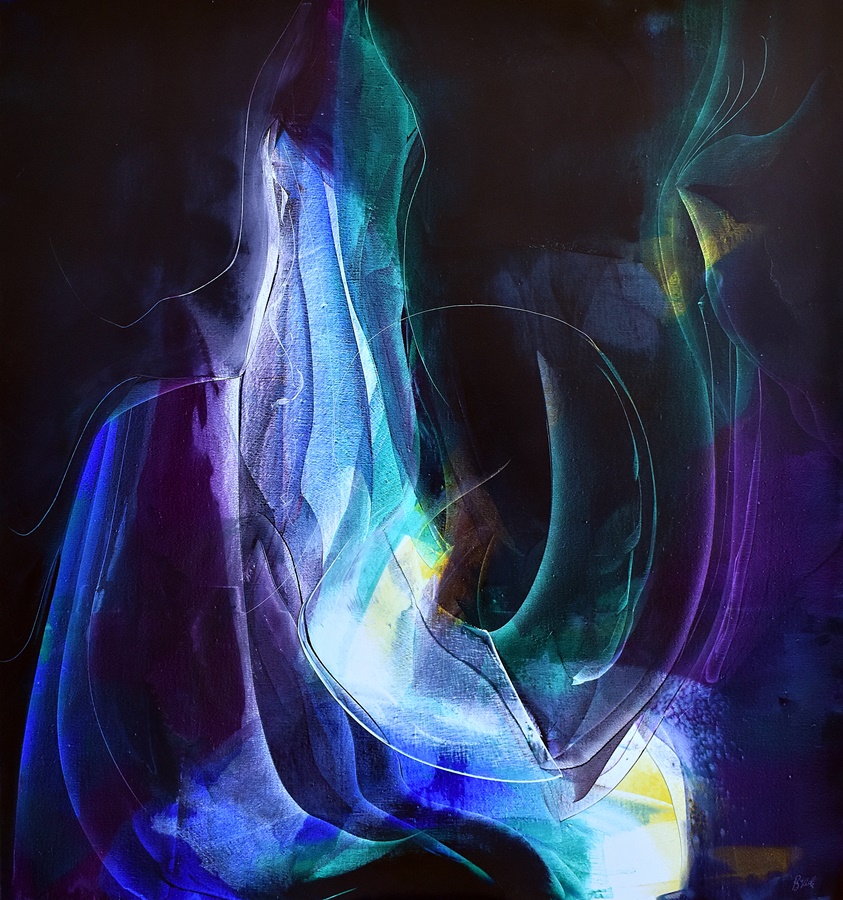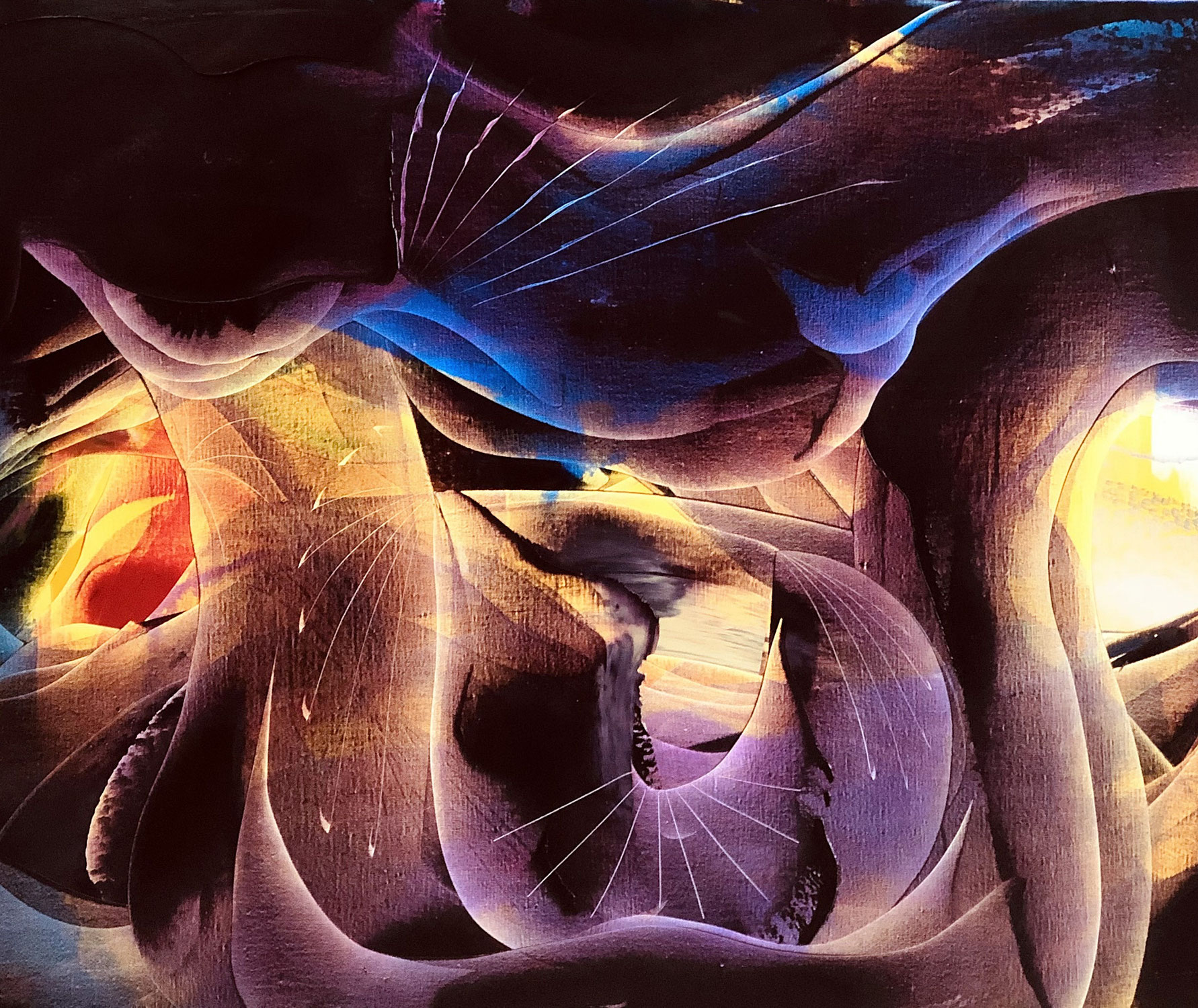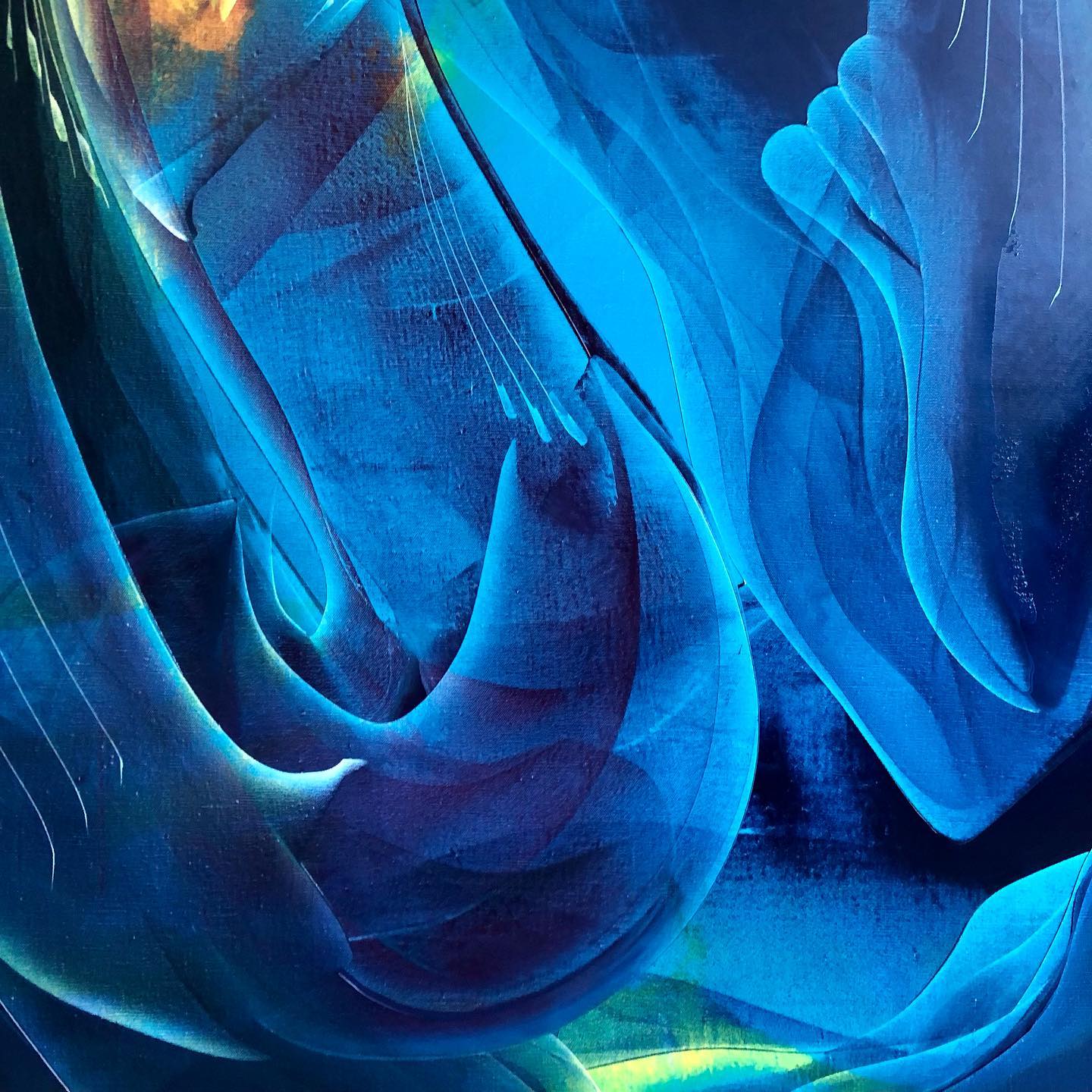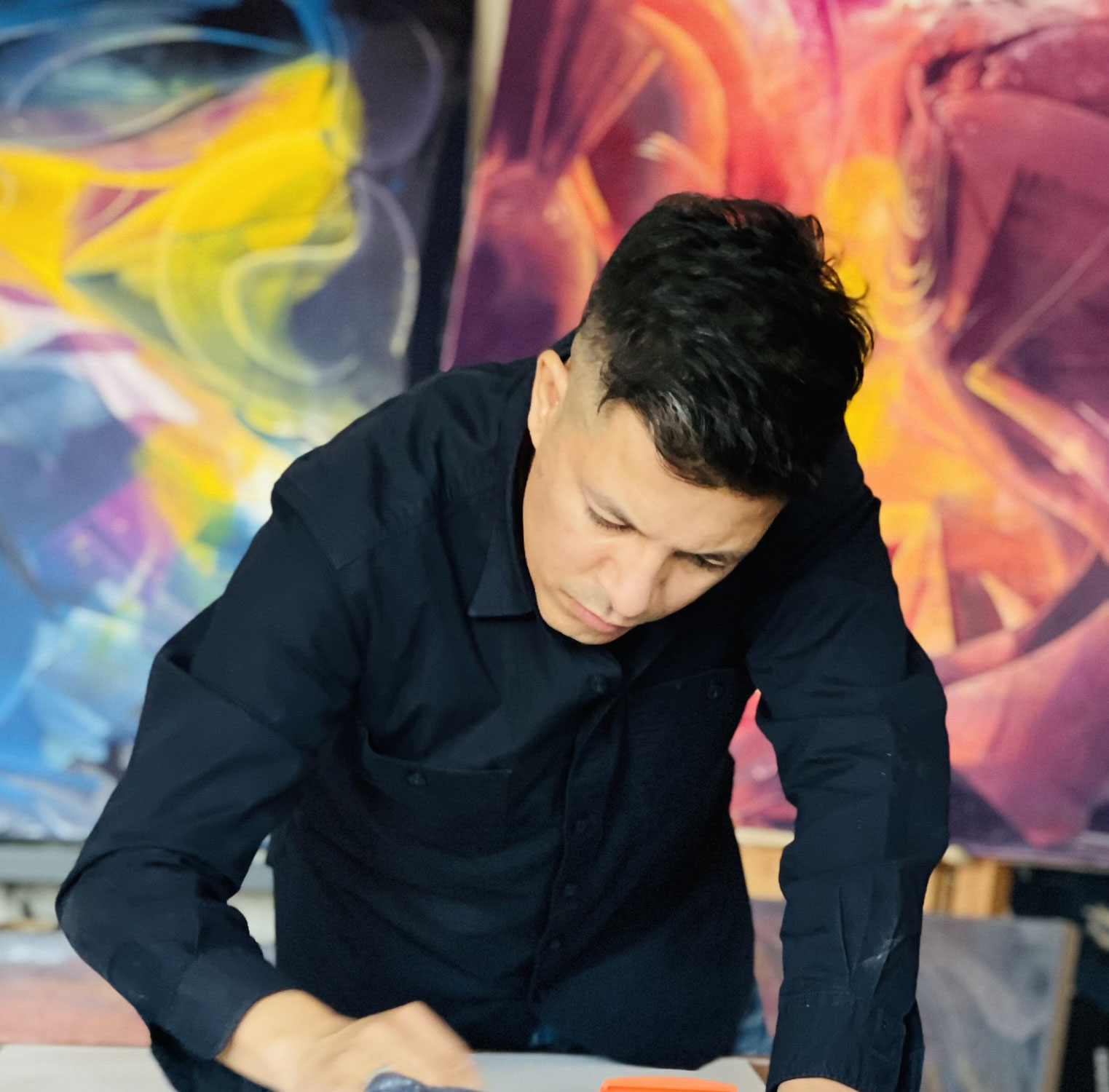15. May 2024
When I was nineteen, I had an experience that could perhaps be described as transcendental. Walking on a country road one day, I saw an abandoned house. I remember walking into it before losing consciousness due to exhaustion from the oppressive heat and humidity of Uruguayan summers
03. May 2024
An art critique by (Martin Astorga) Paz Viola eludes to straight-forward interpretation: rather, I have defined his own landscape, articulating new horizons of joyful inspiration, with singular effects of light and shade, of dreamy colors in their textures and shapes.
15. April 2024
"All works are born from the pulsation of inspiration: all images are born from a point and a line." It's like another layer of human thinking, another territory that will suddenly give me a sense of timelessness.
01. April 2024
Art is of utmost importance for the world: it is an instrument and an important form of human dialogue. Art is the cornerstone upon which culture is built, and throughout the history of art we see the most significant manifestations of being. Art has transformed, from political and social critique and voice of advocacy to a more universal, spiritual and cosmic expression.
11. December 2023
When I paint, I let emotions and intuition lead the way. My works do not make statements, which I believe come from the fictitious, intellectualizing self, against which I jealously guard. Nor is my art a transmutation of symbols and ideas into their equivalents in images or forms. When I create, I do not begin with the end or even a plan in mind. Instead, I leave empty space to allow my subconscious self to take over.
20. November 2023
I vividly remember the moment when an abstract painting by Matta captured my imagination as a seven-year-old. I was flipping through an old textbook, and an image sucked me in like a whirlpool or wormhole of sorts, into the inner world of the artist.
05. November 2023
To me, these images are the poetics of light channeled by the artist as a conduit. The light is transmitted from elsewhere—perhaps from an alternate universe
25. October 2023
Perhaps human beings who walked the Earth millions of years ago saw transparent space where we now perceive physical objects; likewise, it is possible that at some point in the future we will see solid, physical objects where we now see transparent space.
25. September 2023
Ancient cultures regarded caves as places where transcendental experiences occurred: they were the first sanctuaries; they were gateways to the underworld, to the interior of the Earth itself. In the beginning there was chaos and wilderness, where the earliest humans took to the caves for survival, regarding them as sacred shelters. The epitome of this cave-shelter symbol is that of the womb of the Mother Earth, a place of solace—a common motif across times and cultures.
17. September 2023
When I re-approach my works as a viewer, I imagine the images as framed and displayed in a certain space such as a gallery or a museum, since I don’t know how I feel about a painting until it is hung on the wall. Hence, one of my favorite parts of exhibitions is when people tell me how they feel about and what they see in my works, and then I become a viewer of viewers.










